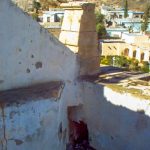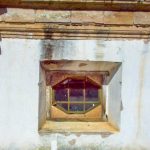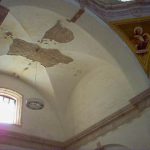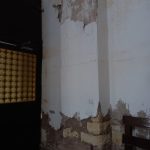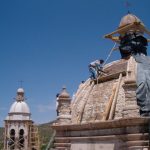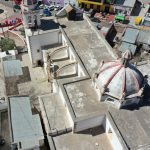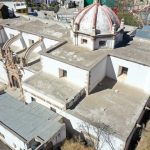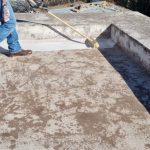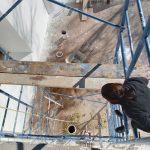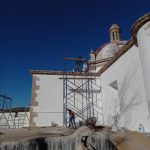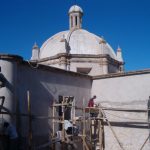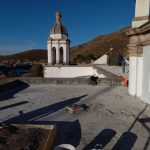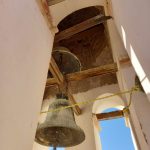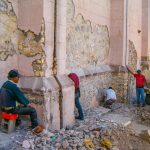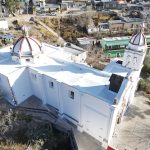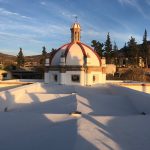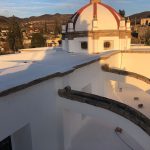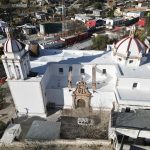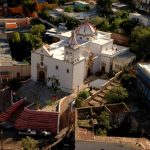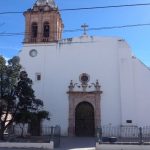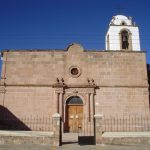Santa Eulalia
Santa Eulalia
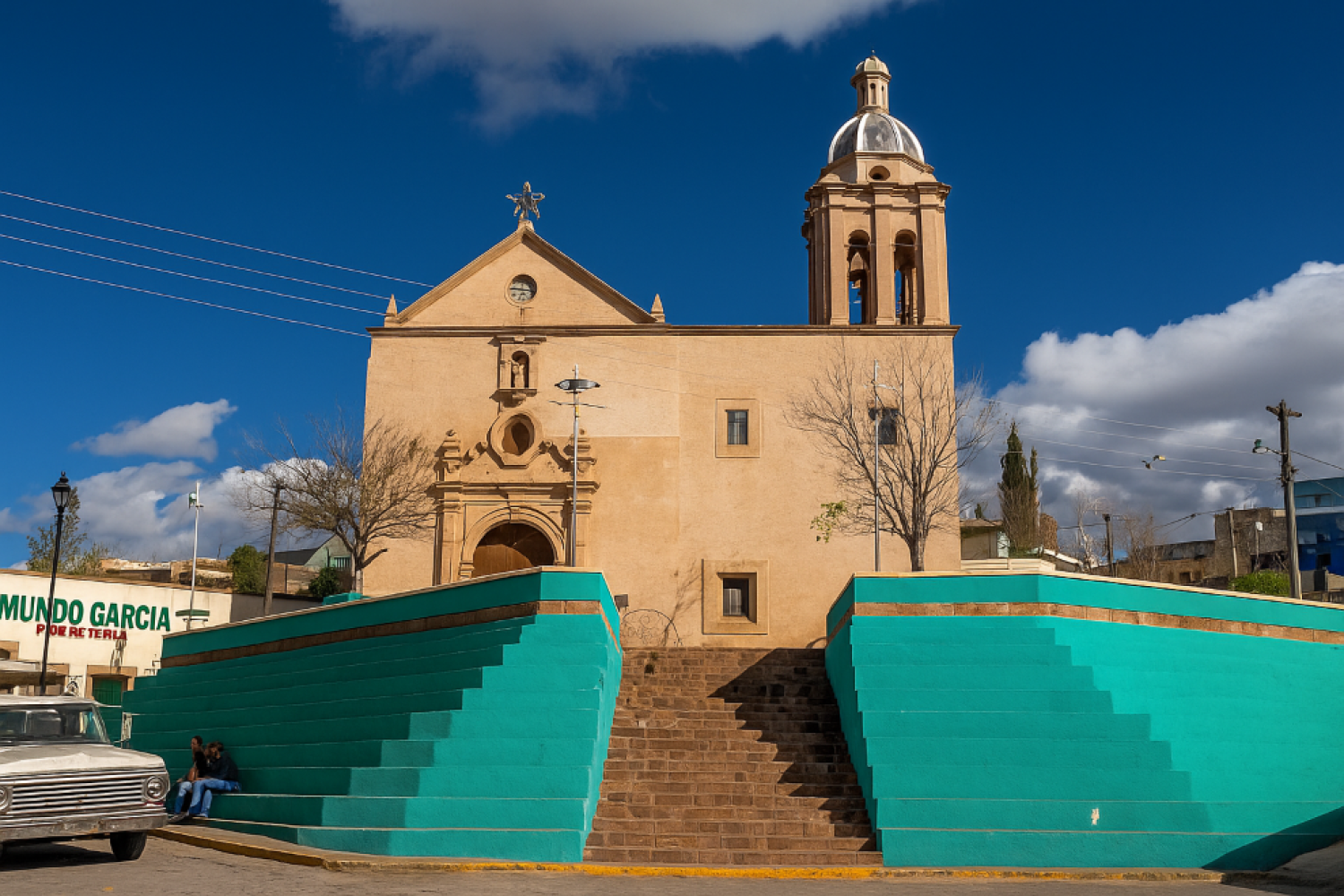
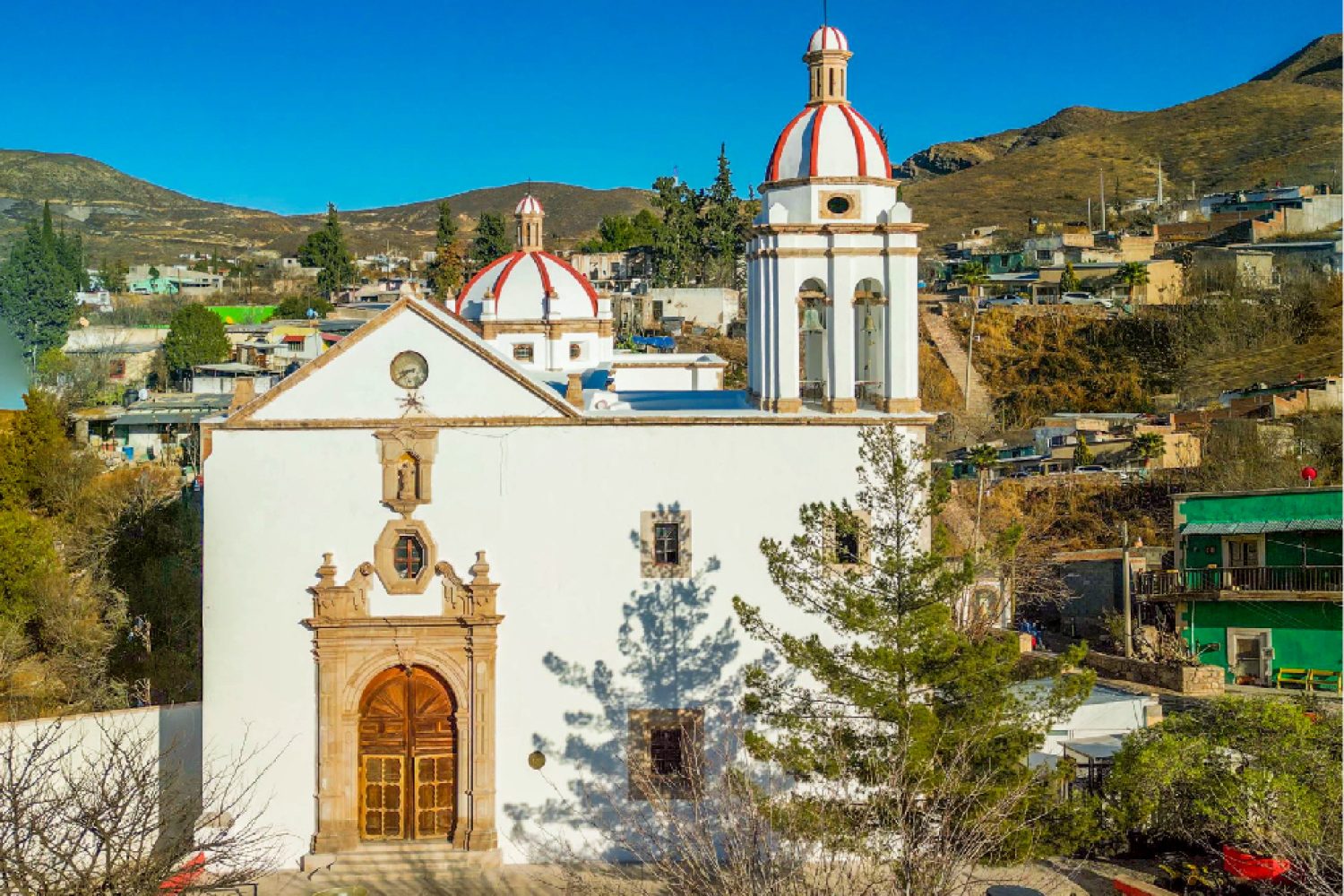
The founding of Santa Eulalia dates back to 1707, following the discovery of a mineral vein in the mountains east of the Tabalaopa Hacienda. The population of Santa Eulalia served as the head of the alcaldía mayor until October 12, 1709, after which it became dependent on the municipality of Chihuahua. By decree on July 20, 1901, it was granted the status of a free municipality.
In 1652, Captain Diego del Castillo filed a report with the alcalde mayor, Captain Francisco de Bustamante of San Diego de Minas Nuevas (currently Villa Escobedo, a town in the municipality of Hidalgo del Parral), leading to the establishment of the Santa Eulalia mine and appointing Captain Antonio de Montes in charge of the new site. The mine was named Nuestra Señora de la Soledad, and the mining settlement was called Santa Eulalia de Mérida, in honor of the saint.
According to Article 36 of the Federal Law on Archaeological, Artistic, and Historical Monuments and Zones: 'Historical monuments are movable objects found and significant private civil works built from the 16th to the 19th centuries, inclusive.' Therefore, the Church of Santa Eulalia is considered a historical monument.
Royal mining town
18th
Santa Eulalia
Aquiles Serdán
Building
Adobe
Plane
Latin cross

Recently, in 2005, the temple was intervened by various individuals in an attempt to prevent its deterioration, mitigating the damage but not addressing it in depth. Other interventions carried out between 1960 and 1970 required that the temple’s structure be rebuilt using traditional construction techniques, restoring its majesty and allowing it to stand for many generations to come.
The central nave was intervened by Misiones Coloniales de Chihuahua A.C. in 2022; it features a traditional waterproofing system made with soap and alum. On the interior side of the roof, the beams were also treated and have fine and coarse lime-sand plaster, which is in excellent condition. Similarly, the exterior of the roof has both coarse and fine lime-sand plaster. The presbytery and sacristy have been modified with fine and coarse lime-sand plaster.
The bell tower roof was treated with a traditional waterproofing system made of yellow soap and alum, as well as with both fine and coarse lime-sand plaster, similar to the roof of the ante-sacristy, which is in perfect condition.
INVERSION $1,030,000.00 MXN
PHASE I (2002)
Walls: leaks and constant maintenance.
Roof: slaking of quicklime, removal of compressive layers, acrylic waterproofing, carpentry work, application of lime-based waterproofing.
Scaffold rental during the construction process.
Placement of material to level rainwater slopes.
- EKÁ
PHASE II (2023)
Removal and reinstatement of disintegrated plaster material inside the temple.
Lime-sand plaster on interior walls.
Application of lime-based paint on interior walls.
Replacement of deteriorated stone elements.
- EKÁ
- PROJECT
This project arises from the commitment of public and private entities in the State of Chihuahua to develop the administrative and technical mechanisms that enable the protection, conservation, restoration, and research of colonial temples as part of the heritage, ensuring their preservation over time and promoting their content and values.
On-site contact:
Armando Becerra
Master Builder of the Church.
(614) 216 22 72 caseta





